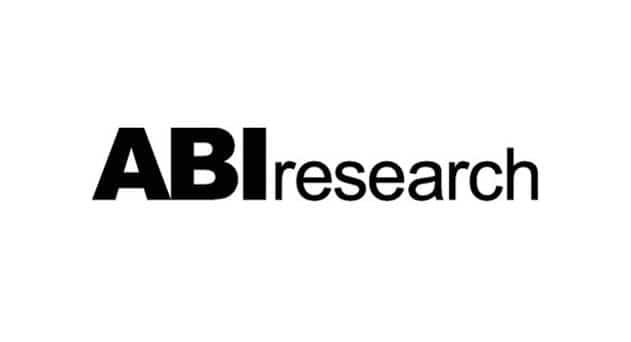The industry has had to tap into a wide range of radio spectrum frequencies from sub-1GHz to 100GHz including licensed, unlicensed, and shared spectrum to address the potential of 5G.
According to new findings from ABI Research, while the use of mmWave is one of the most distinguishing features of 5G, in the near term the C-Band is emerging with the most global consensus for the timely launch of commercial 5G network in 2019.
Many of the lab and field 5G trials conducted by industry participants have focused on higher frequencies, but based on the recent regulatory announcements by about 20 countries, the C-band is the most common spectrum range identified for 5G.
“In the long-term the whole breadth of the sub-1GHz to 100GHz spectrum range will be critical to address the various use cases and meet enhanced speeds, latency, reliability, and other 5G metrics in different usage scenarios. In the near-term, however, use millimeter wave for 5G services in 2019-2020 is limited due to technology challenges and global spectrum availability,” explains Prayerna Raina, Senior Analyst at ABI Research.
Since current cellular communication takes place below 6GHz, the use of higher frequency ranges for mobile broadband is unfamiliar territory for mobile operators. Similarly, key 5G antenna and base station technologies such as MIMO are currently deployed in the sub-6GHz range on a low order of 4 to 16 antenna elements in most cases. At higher mmWave frequencies, massive MIMO antennas are likely to feature hundreds of antenna elements, which brings its own set of challenges.
The use of higher frequencies such as 26GHz and 28GHz for fixed mobile broadband service on 5G networks is certain, but it is the C-Band with its global harmonization that is creating opportunities for large scale deployment.
“Ultimately 5G must make good business sense for operators who continue to battle stagnating ARPUs, rising network traffic, and the need to cost-effectively optimize network management and operations”, says Raina. “C-band, with the support of new technologies, including Uplink Decoupling, will likely be the dominant 5G spectrum band, since it allows operators to deploy 5G on an existing network grid, rather than spend significantly on new cell cites”, Raina concludes.
These findings are from ABI Research’s Analysis of 5G Spectrum report.


















